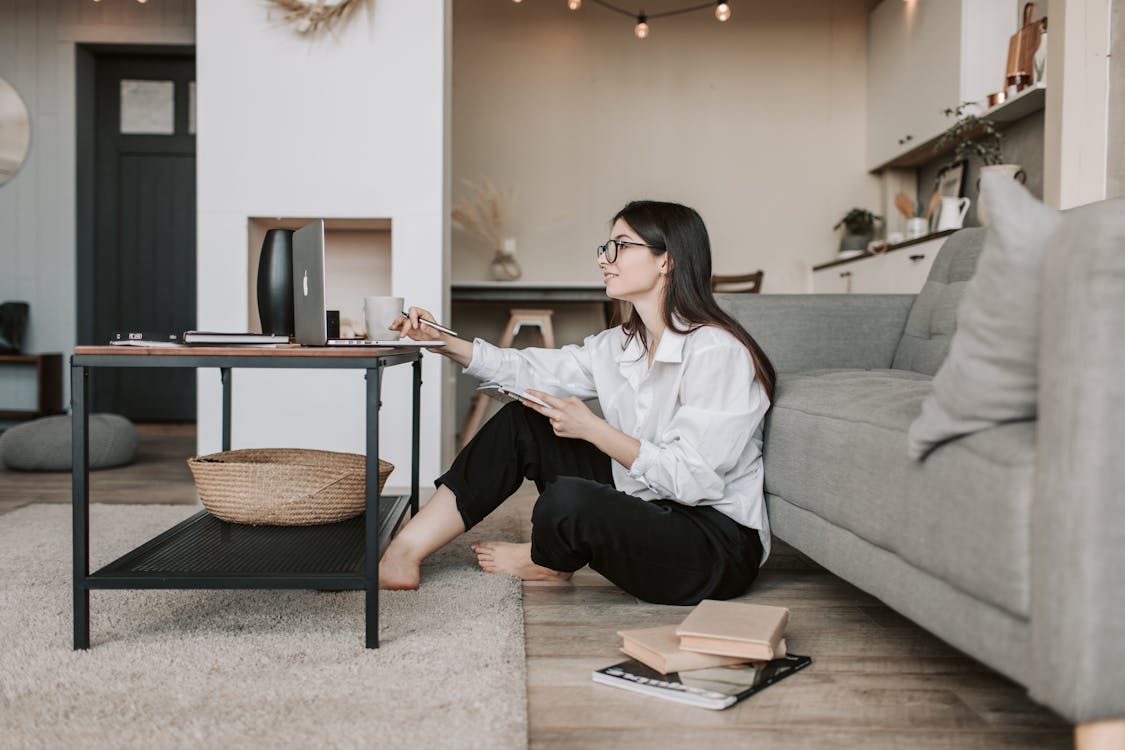
Living Big in Small Spaces: The Student Apartment Experience
College life frequently indicates accepting the art of living smartly in smaller sized areas. Whether you're adapting to your first solo workshop or showing roommates in a comfy configuration, finding out how to take advantage of every square foot can seriously boost your convenience, productivity, and overall well-being. Student houses today aren't just positions to rest in between courses; they're home bases for research marathons, social hangs, and some much-needed personal downtime.
Little spaces featured large capacity, and finding out exactly how to optimize them can make a major difference in just how smoothly your university year unfolds. With some purpose, creativity, and a little experimentation, you can transform even the tightest design right into a useful and inviting sanctuary.
Searching For Balance: Functionality Meets Personality
When you initially stroll into a smaller apartment or condo, the empty canvas can really feel both exciting and a little overwhelming. You might be wondering where whatever will certainly go or exactly how to stay clear of mess while still feeling comfortable. The key lies in striking a balance between performance and character.
For trainees, that normally begins with zoning out the apartment or condo right into deliberate areas, even if they're just corners. Your bed might be steps far from your workdesk, yet refined visual hints like rugs, lighting, or shelving can develop the impression of different zones. Adding your favorite art prints, a shade combination that soothes or stimulates you, and small items from home can additionally bring heat without using up extra space.
Storage Space That Doesn't Steal Square Footage
The single most significant challenge in tiny pupil apartment or condos is storage. Books, seasonal garments, cleaning up supplies, and cooking area gear all need homes, yet conventional bulky furnishings isn't the answer. That's where multi-purpose pieces come in.
Believe beds with drawers below, ottomans that function as bins, or workdesks with vertical shelving. Every thing must pull dual duty when feasible. For instance, a narrow table can function as a dining room during meals and a laptop computer station throughout research hours.
In studio apartments in Tempe, upright space is usually your best friend. From hooks on doors to drifting racks and stackable storage dices, utilizing your wall surfaces successfully can stop the dreaded floor sprawl that makes any little space feel much more confined.
Smart Layouts for Shared Living
If you're showing to a roommate, communication enters into your space-saving approach. In a two-bedroom apartment in Tempe, it's vital to agree beforehand just how common areas like the cooking area, living area, and washroom will certainly work.
Divide up storage areas, develop ground rules for usual areas, and consider buying furniture that advertises circulation and openness. Small sectionals, retractable table, or modular shelfs can aid keep a sense of visibility without jeopardizing comfort.
It likewise aids to keep decor natural in shared zones. Even if each roommate has an one-of-a-kind design in their individual bed room, a linked visual in the living-room can produce a sense of calm and make the room feel more extensive.
Researching in Style: Carving Out a Productive Nook
One of the most essential attributes of any trainee apartment or condo is a room that sustains emphasis. A committed research area, no matter exactly how little, can educate your brain to get into job mode much faster. It doesn't need to be an actual workplace-- maybe an edge of the living-room, a section of your cooking area counter, or a fold-down wall surface workdesk.
Great lights is crucial. If you don't have accessibility to all-natural light throughout research study hours, use a daylight-tone LED light that maintains you sharp. Border yourself with just the basics: your laptop computer, a few study tools, and possibly a plant or mounted image for motivation.
Distraction-free zones are critical, specifically when residing in tighter quarters. Establishing a policy for "quiet hours" or making use of noise-canceling headphones can develop a sense of splitting up from roommates or the bordering hustle and bustle.
Taking advantage of University Housing in Tempe
Living in university housing in Tempe ways you're already near your courses, campus sources, and fellow trainees. This built-in comfort gives you the liberty to enhance your everyday regimen. You can great post invest less time travelling and more time appreciating your home, so why not maximize it to show your lifestyle and scholastic goals?
Living near university typically implies that apartments are created with students in mind. Smaller sized footprints motivate smarter living, and nearby features reduce the requirement for excessive storage. Possibly you don't need a huge cooking area setup if dining alternatives are close by. Possibly you can miss a large enjoyment arrangement if common lounges or group areas are readily available in your building.
Use what's around you to your benefit, and concentrate your power on making your individual space comfortable and practical.
Studio Apartment Living That Works for You
Pupil life is dynamic. Your needs alter throughout the semester, and your apartment or condo needs to be able to flex with you. As your schedule shifts from midterms to finals to breaks, don't be afraid to reconfigure your area. Move furniture, change out decoration, or develop short-lived terminals for brand-new habits or hobbies.
Living in a small space while juggling school, social life, and everything in between might appear tough in the beginning, yet with the ideal mindset, it can become a creative journey. These homes are greater than just four wall surfaces-- they're an empty page waiting for your very own expression.
For even more motivation, ideas, and updates customized to trainee living, be sure to follow this blog site and examine back commonly for fresh handles making the most of your room.
Comments on “Simple Solutions for Small Student Spaces”